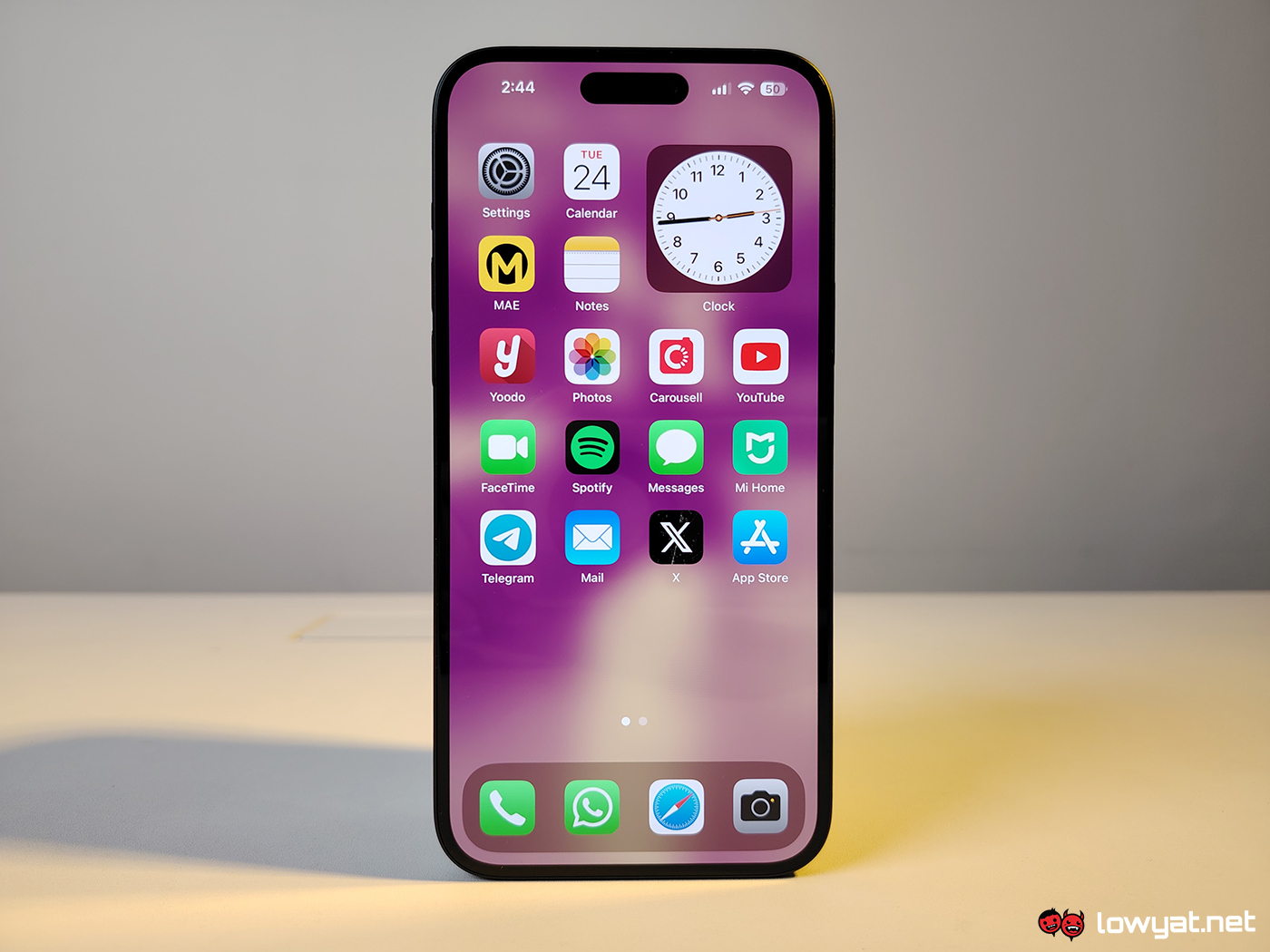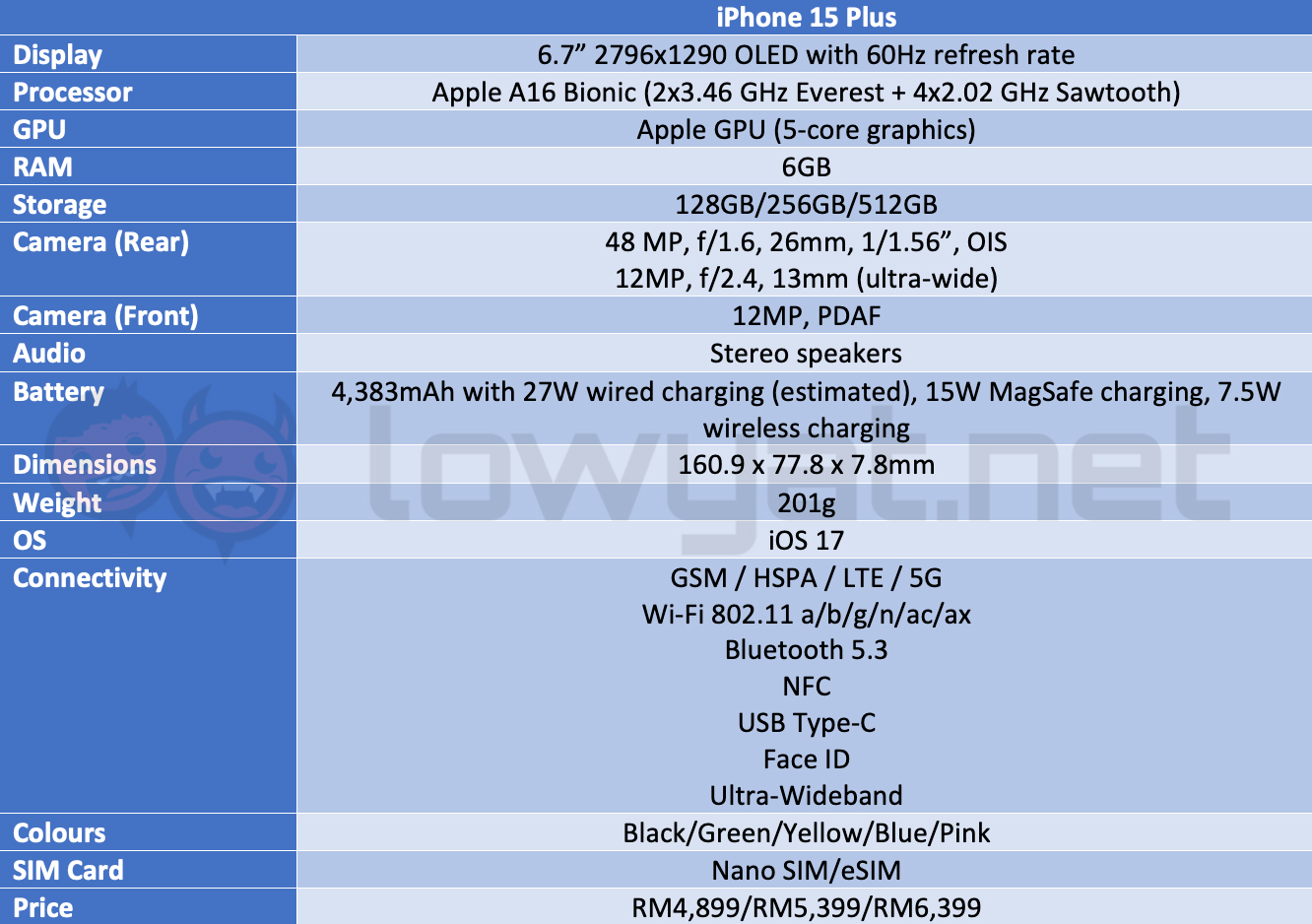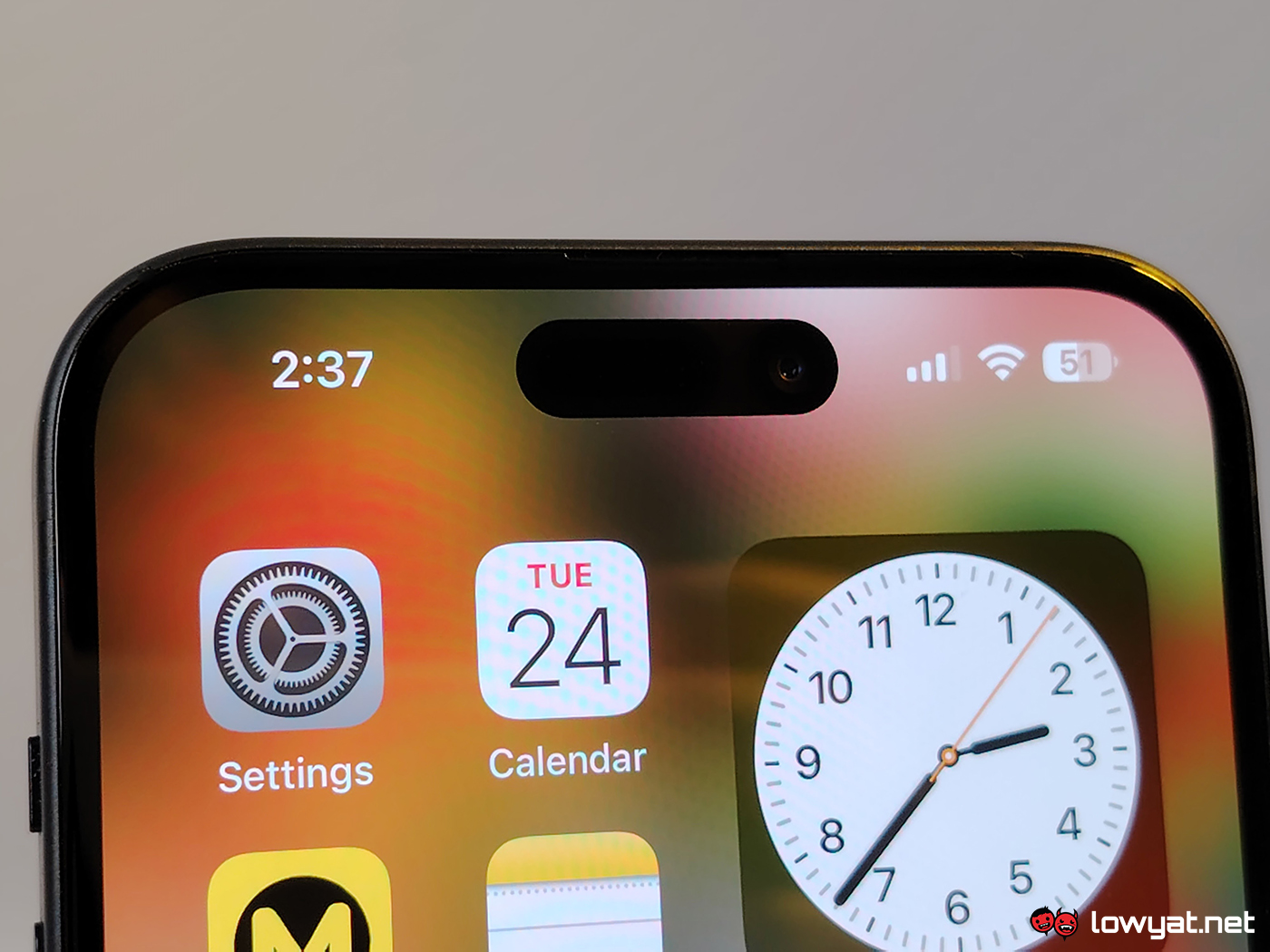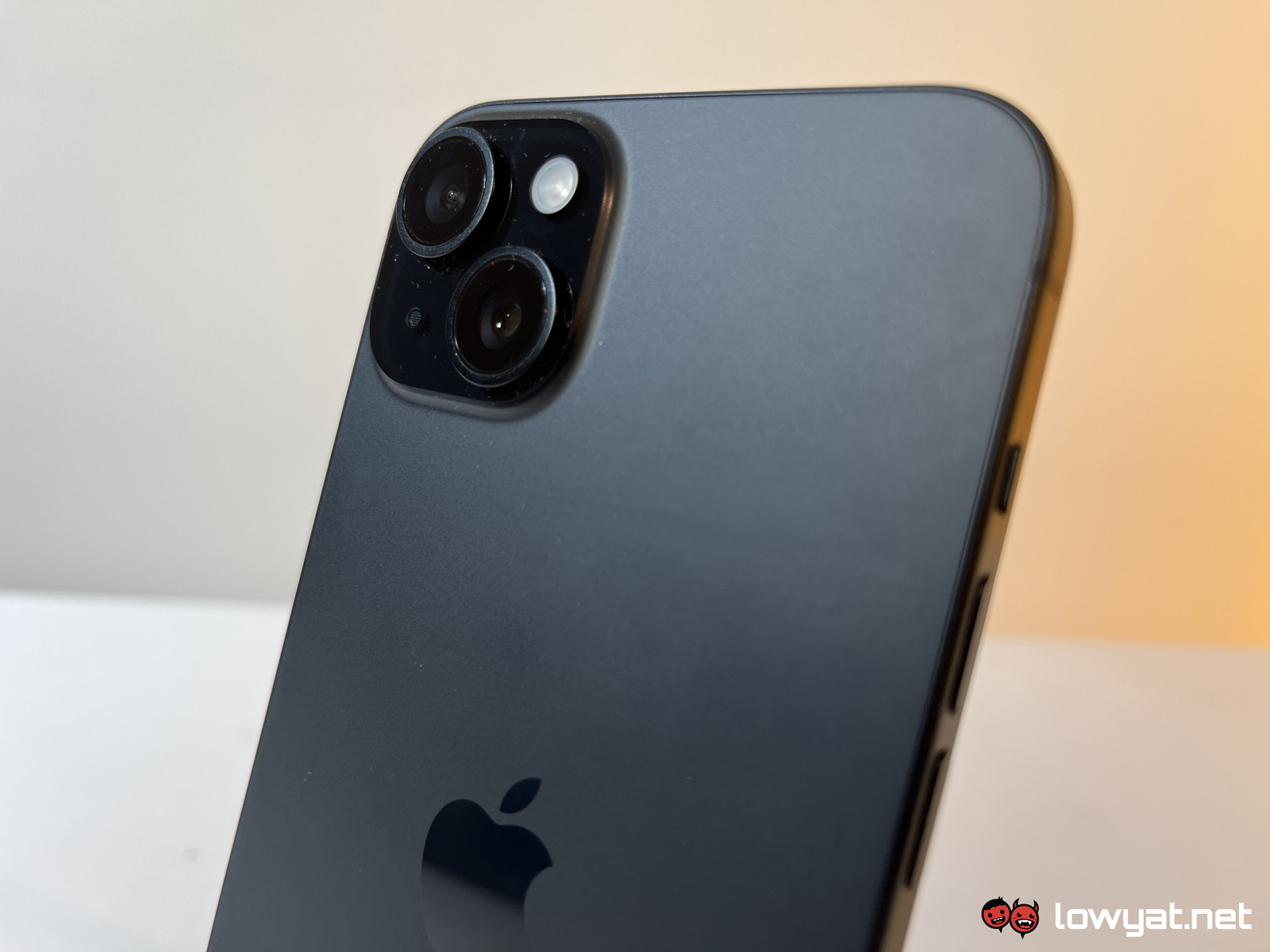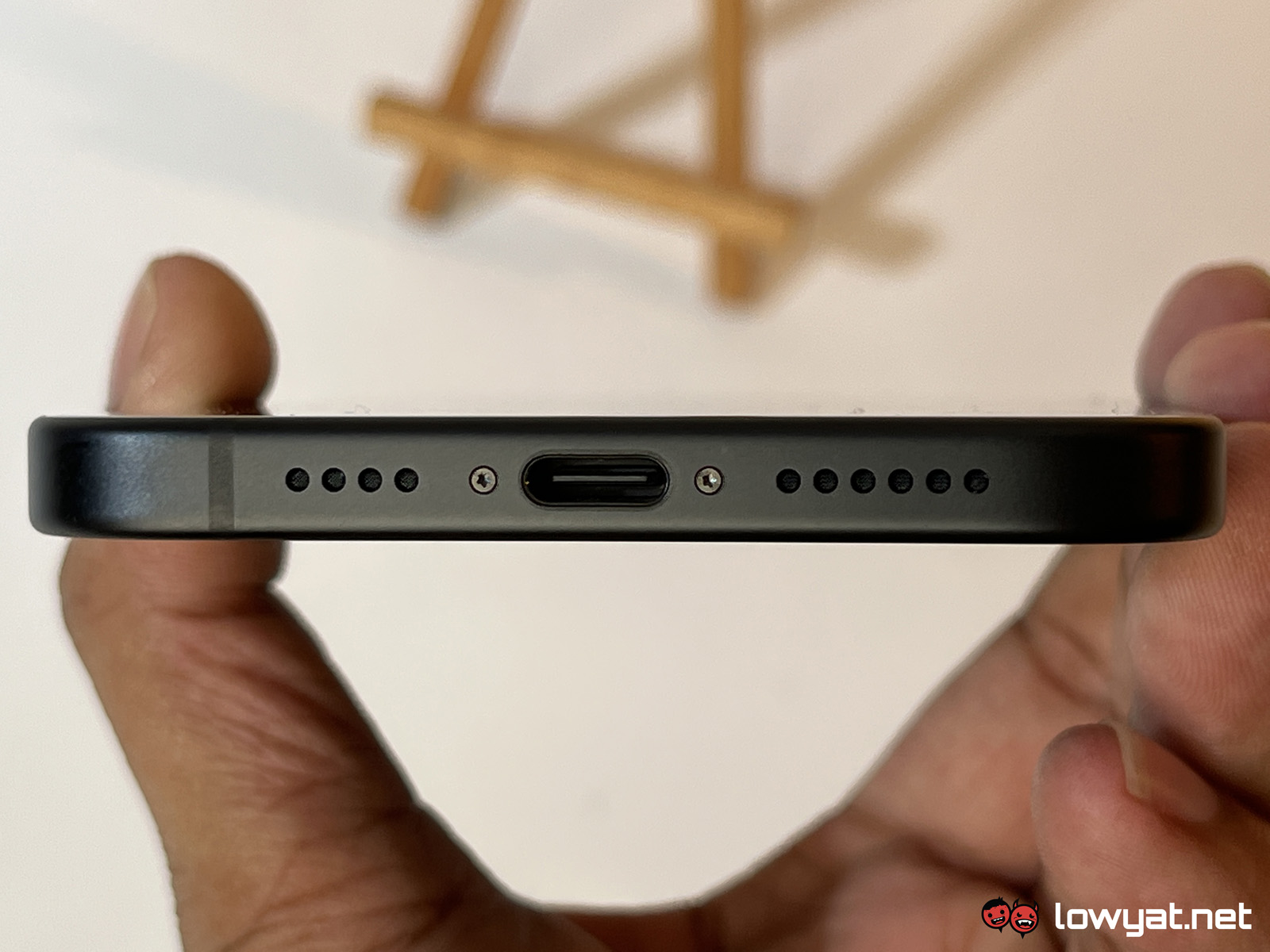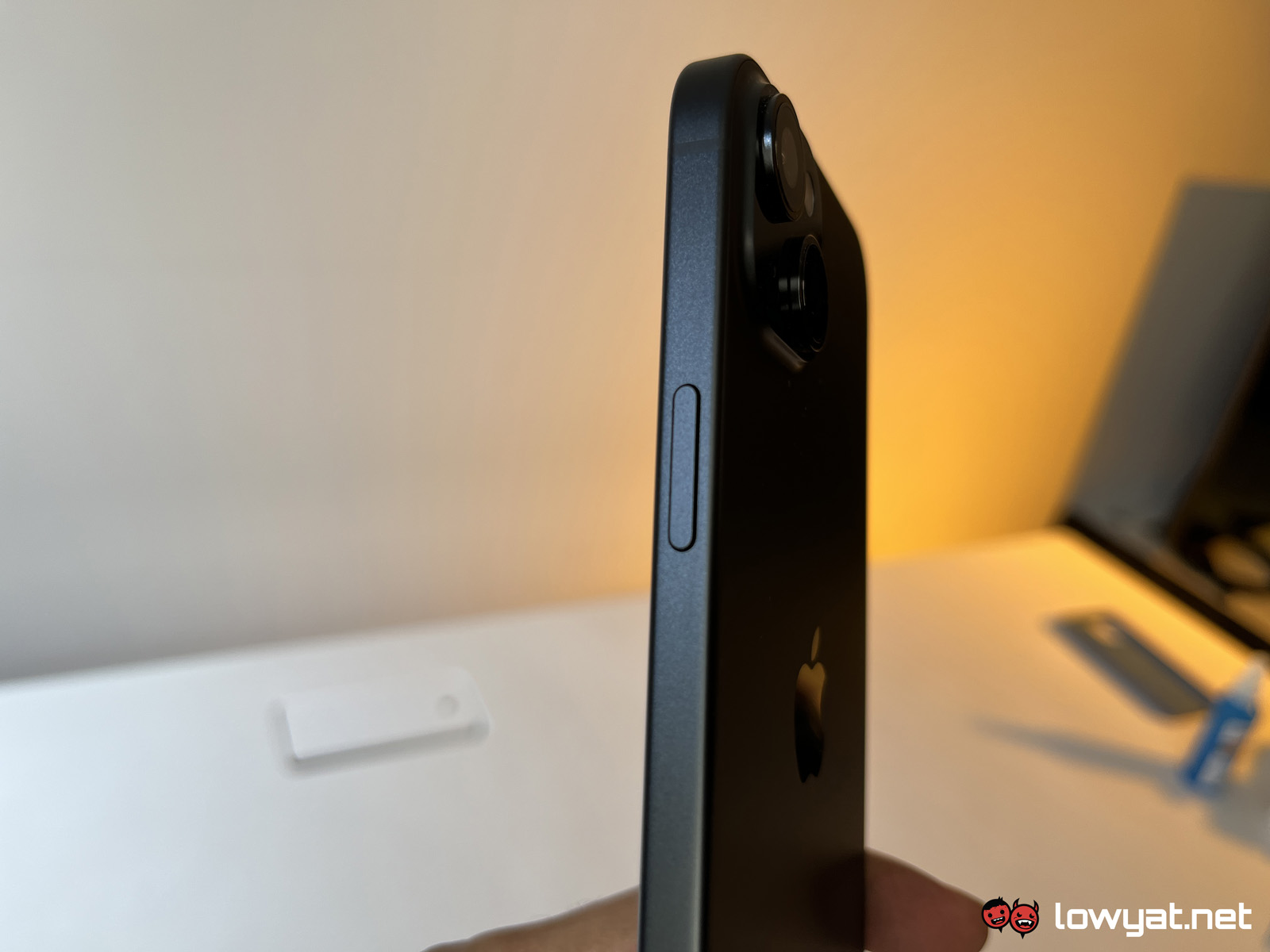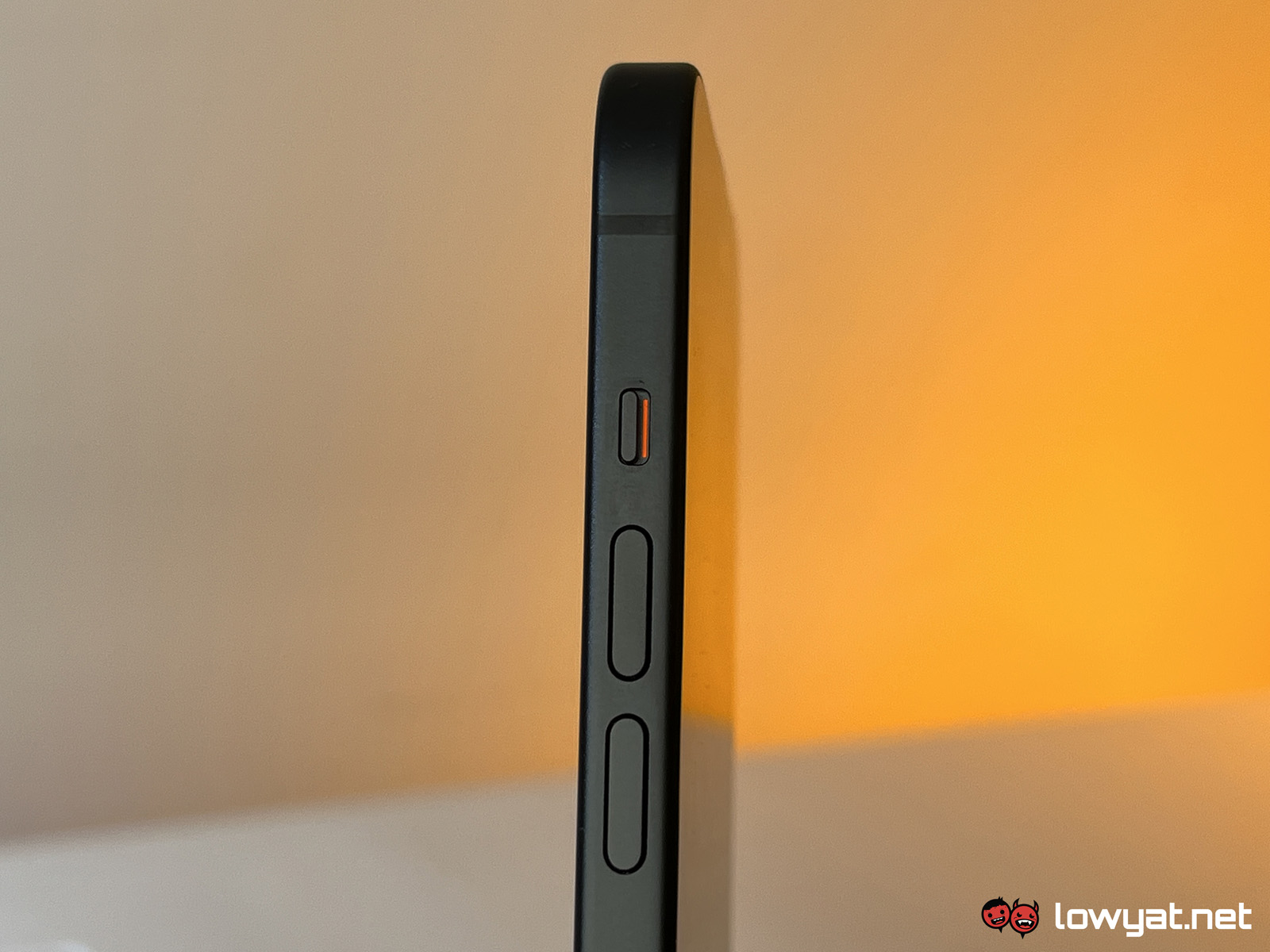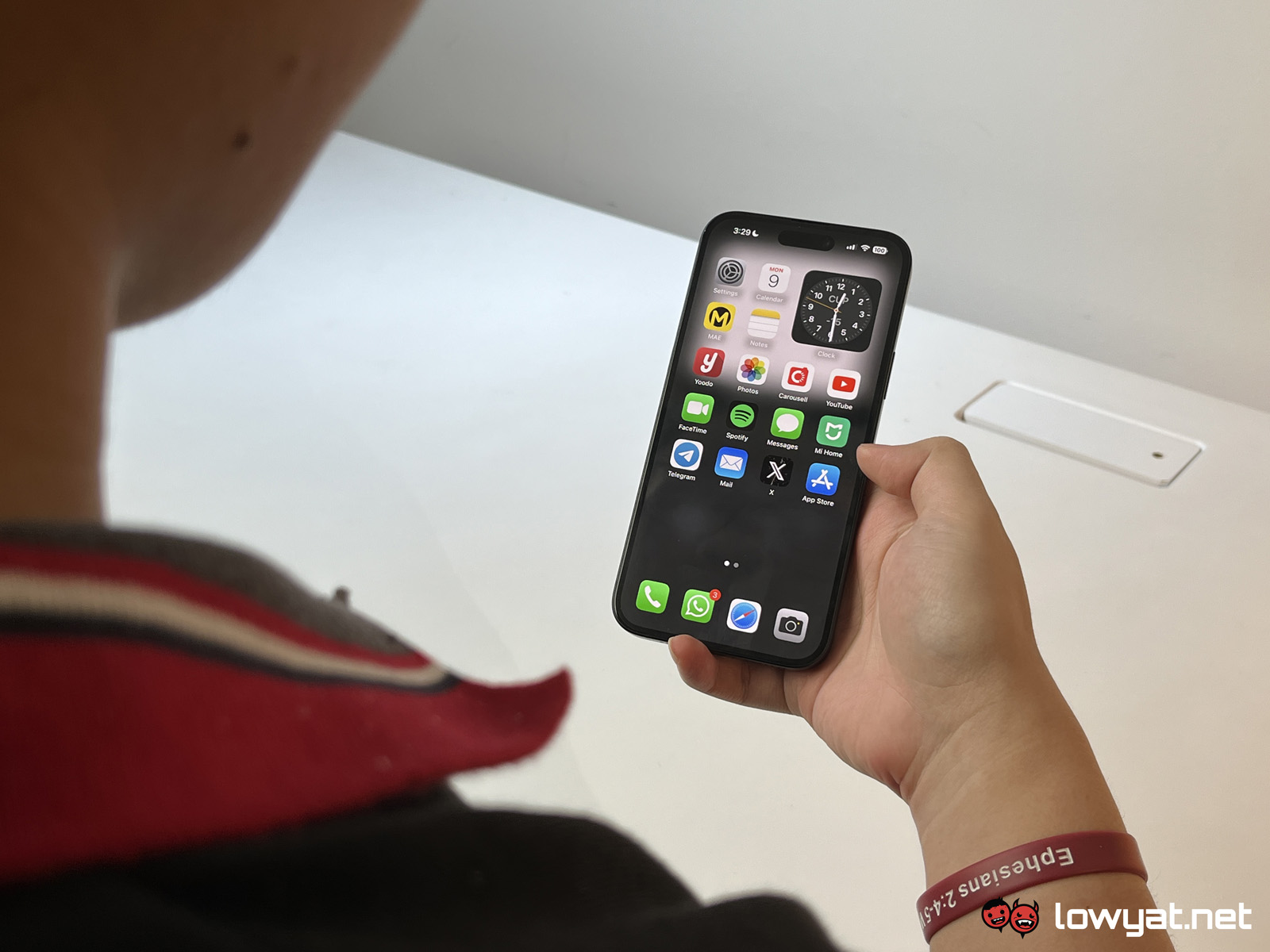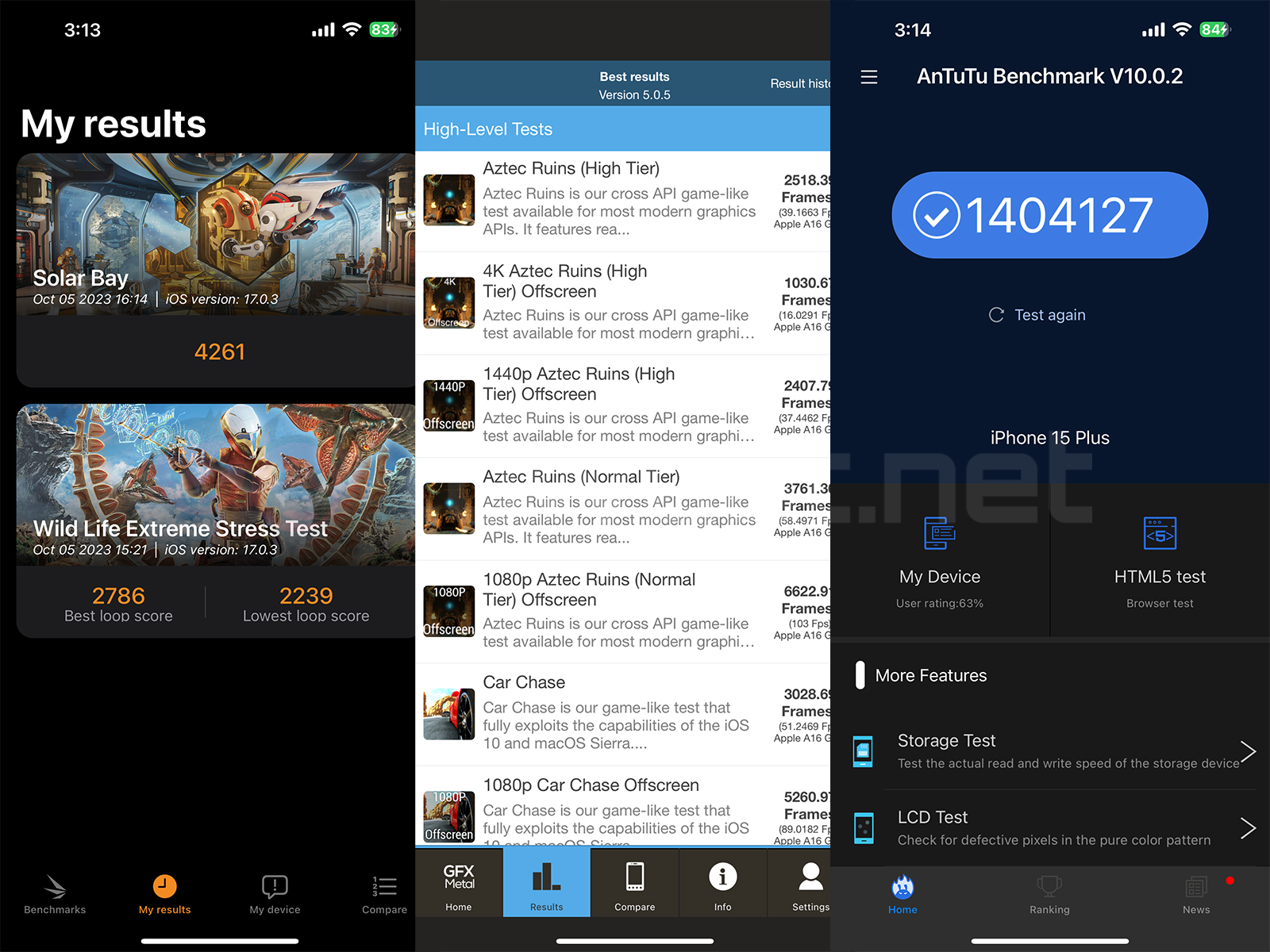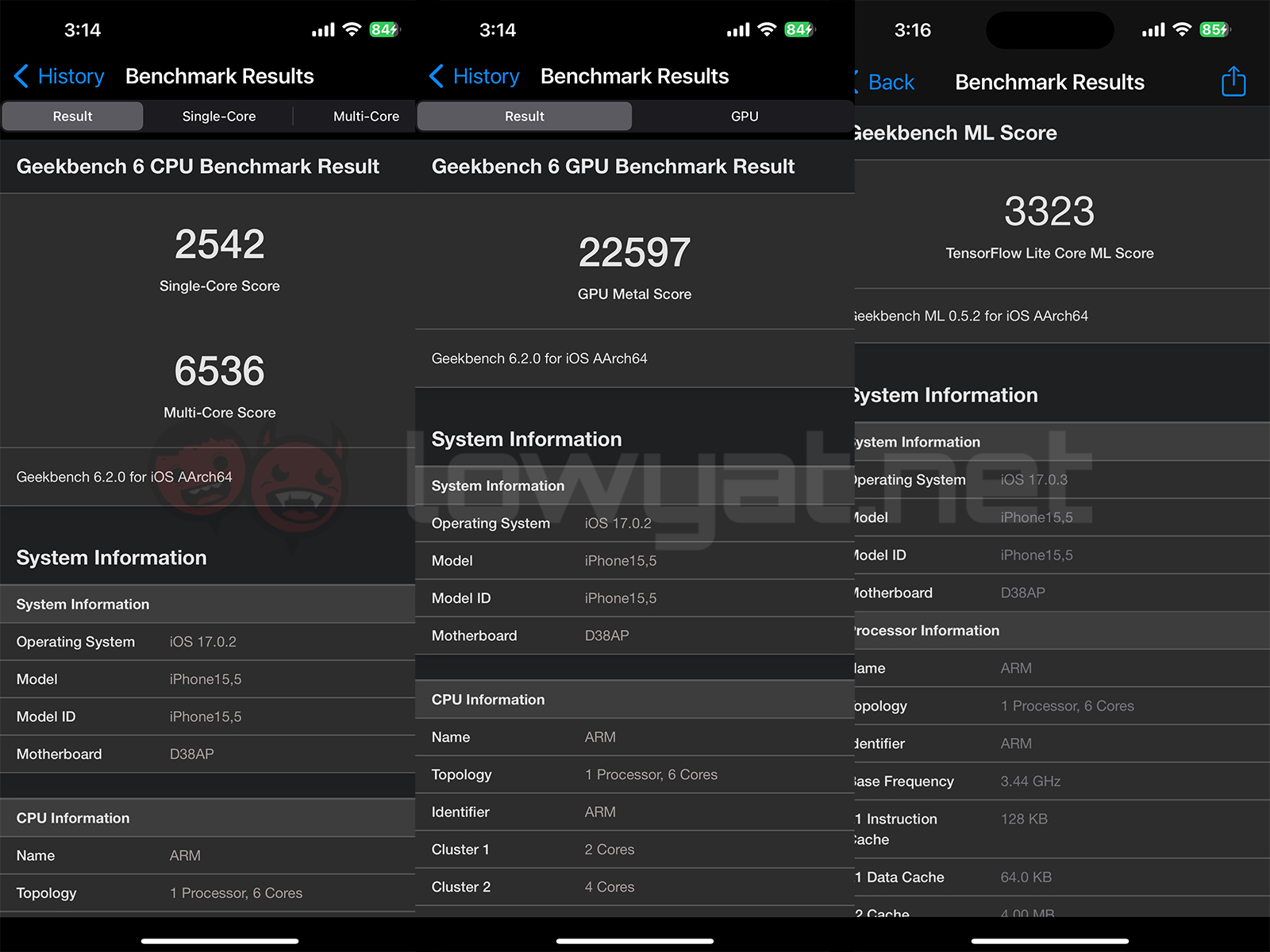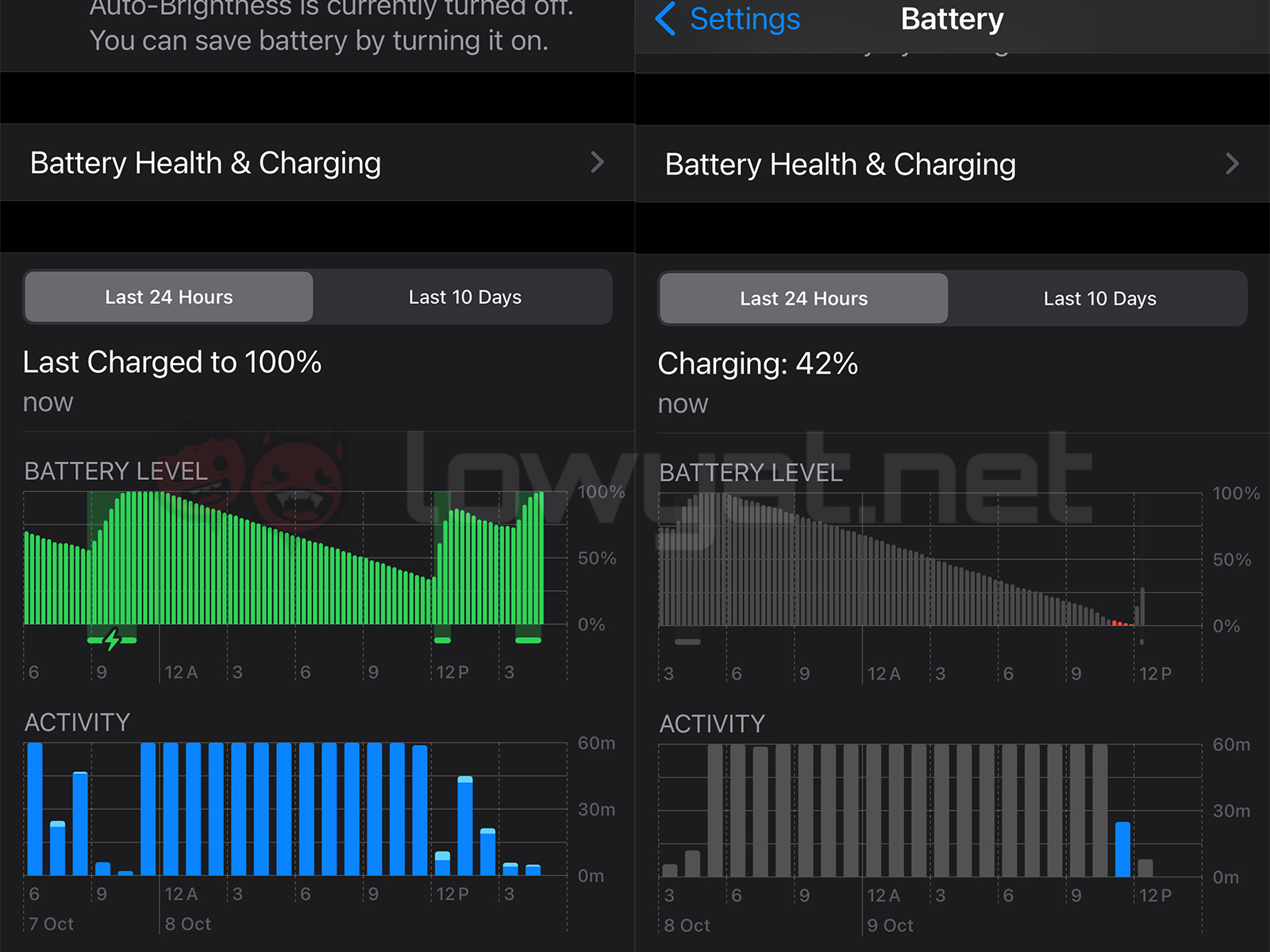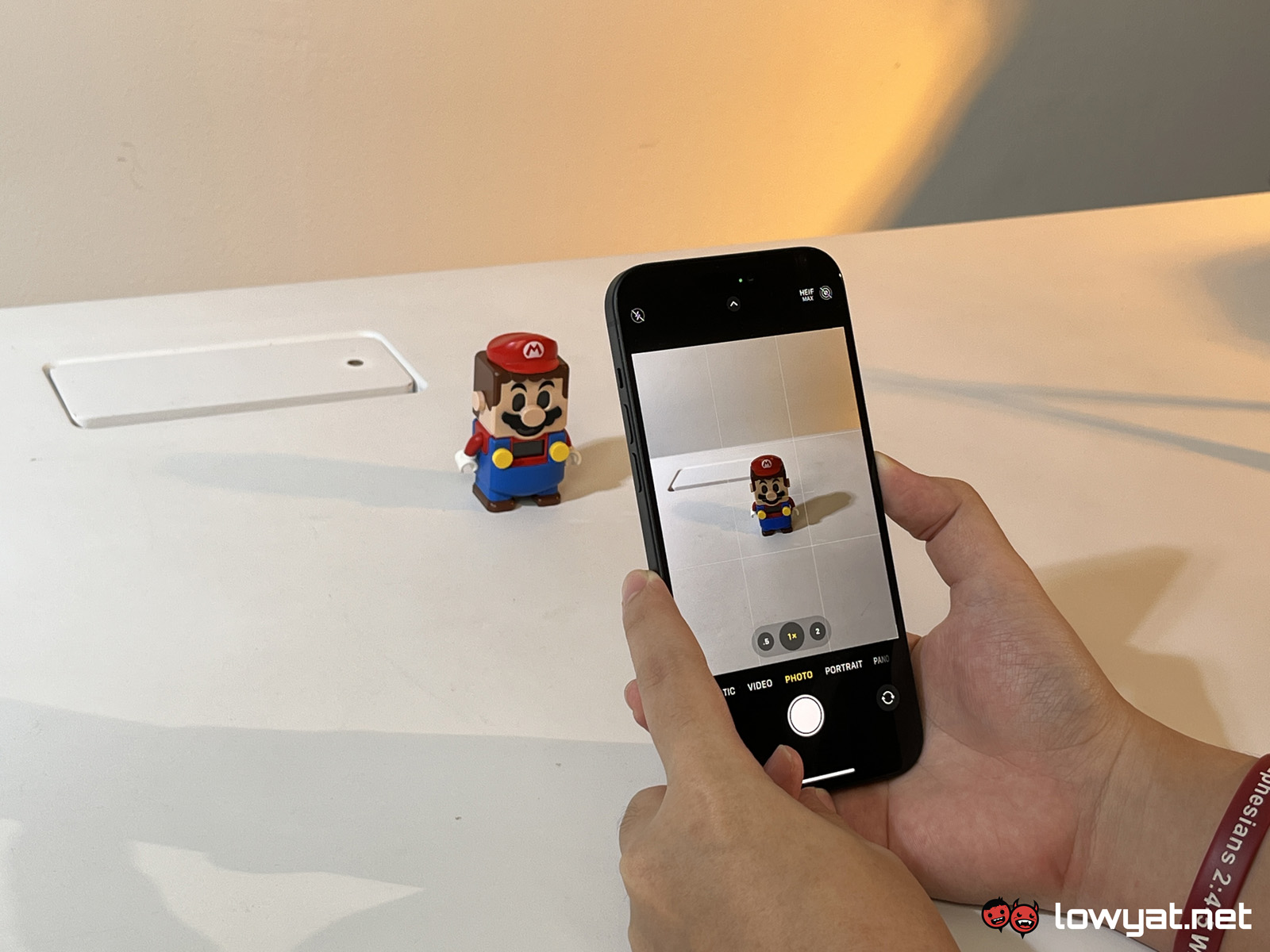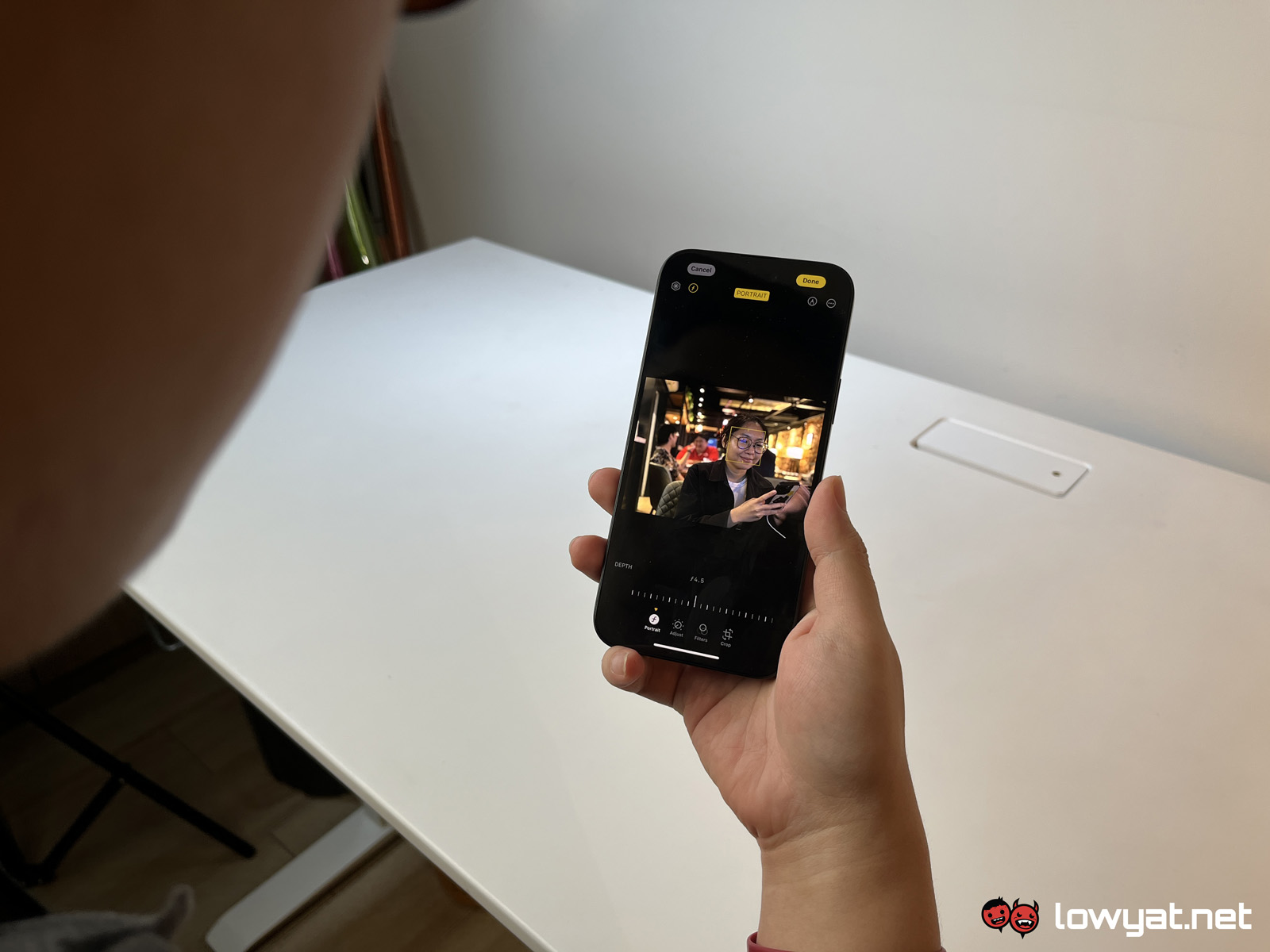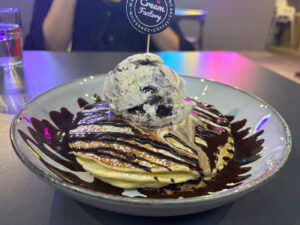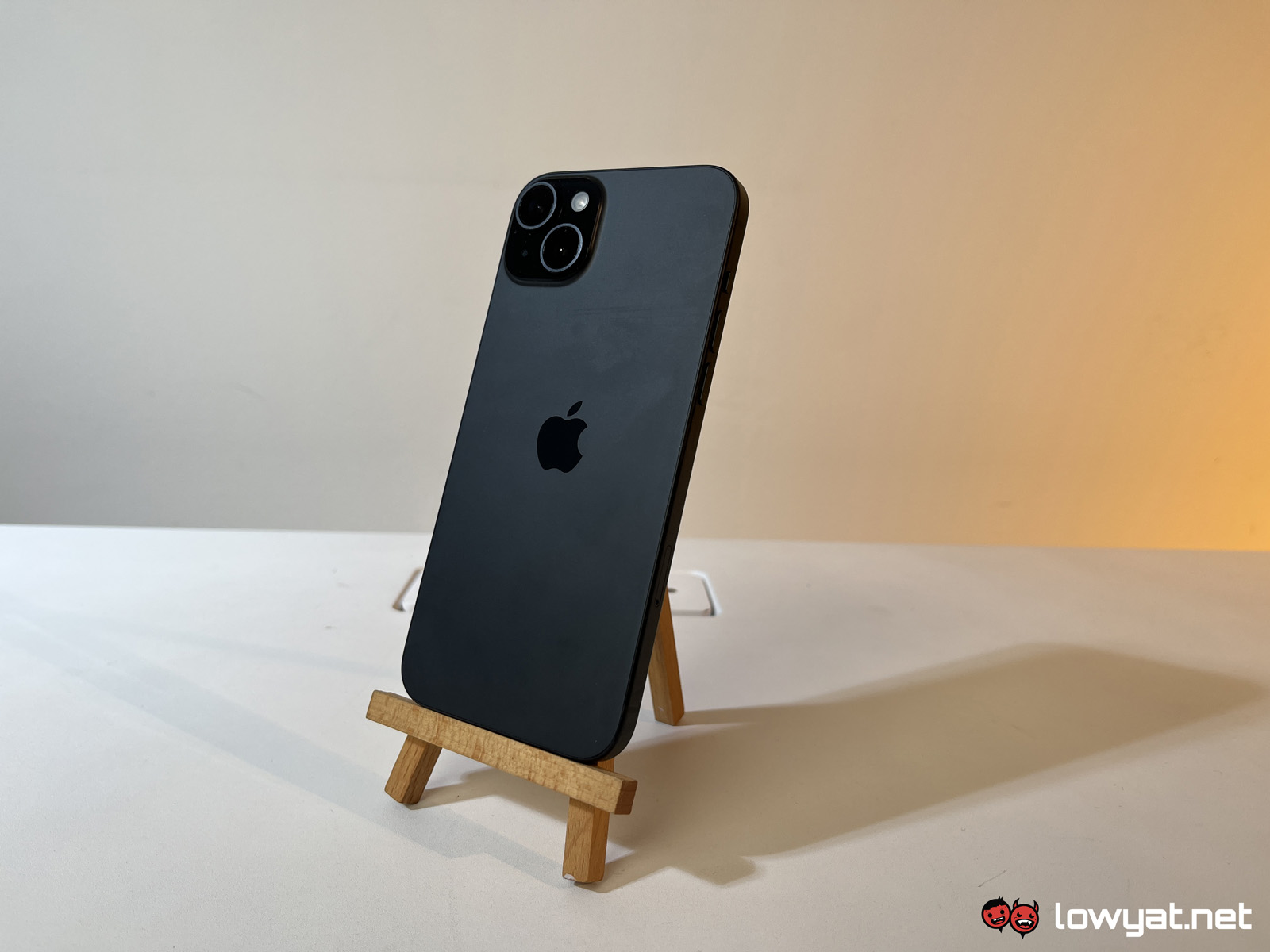Last month, Apple introduced this year’s lineup of iPhones, including the iPhone 15 and 15 Plus. Just like last year’s 14 series, the new standard lineup carries the same chipset as the Pro phones from the preceding generation. More than that, it brought over some of the other features that were previously exclusive to the Pro models, putting it somewhere between the 14 and 14 Pro, spec-wise.
It’s a confusing offering given that it runs on the same chipset as last year’s Pro phones but gets some welcome internal upgrades. It even brings up the 12MP camera sensor usually seen in the standard iPhones to 48MP, but it’s not exactly cut from the same cloth as the Pro cameras.
Specifications
The iPhone 15 Plus sports a 6.7-inch OLED display and while it carries a premium price tag, it still only offers a standard 60Hz refresh rate. As previously mentioned, it runs on the same Apple A16 Bionic chip as last year’s Pro phones with up to 512GB of storage. It’s powered by a slightly bigger battery than the 14 Plus with an estimated charging speed of up to 27W and up to 15W using MagSafe.
The main camera gets a higher megapixel count at 48MP along with sensor-shift OIS, but the sensor’s size is still smaller than the 48MP camera on the 14 Pro and 15 Pro. Up front, it has the same 12MP selfie shooter with AF and the Face ID components, this time being packed into the Dynamic Island. Another new thing internally is the second-generation Ultra-Wideband chip, which allows for Precision Finding within a wider 60-metre range.
Looks & Functionality
I’m absolutely in love with the design of this year’s iPhone. The edges are curvier, making it easier to hold, and it feels a lot lighter than it is on paper. But those curves also act as a double-edged sword; it can’t stand up on its own anymore but I doubt anyone who’s not a reviewer would need to take pictures of their phone like that.
As I’ve previously talked about, the back of the iPhone 15 Plus has this gorgeous soft-touch feel with a slightly fingerprint-resistant matte finish. I love matte black so I’m glad I’ve got this colour but even the other colour options could placate a minimalist like me since the majority of the lineup is pretty muted this time around.
Even the camera island got a subtle redesign where the edges blend more seamlessly with the rear panel. It still uses the same diagonal setup for the lenses which still stick out like crazy, so it’s a bit worrying to place this phone face-up on most surfaces without a case.
While it’s cool that Apple has kept the long-standing mute switch on the iPhone 15, it’s unfortunate that the new and more customisable Action Button is exclusive to the 15 Pro series. What is new though in terms of hardware is, obviously, the USB-C port that the tech giant reluctantly fitted onto the phone, replacing the iconic Lightning port.
The display is upgraded from a peak brightness of 1,200 nits to an eye-watering and blindingly high 2,000 nits, bringing it in line with all the Pro models. While that’s not a shabby number by any metric, it does fall short of bleeding-edge displays from other brands that can go up to 2,800 nits, but it’s still relatively easy to use in most outdoor situations.
What is sorely disappointing is that the screen still uses a 60Hz refresh rate on a phone that starts from RM4,899. Nowadays, most, if not all, new smartphones that cost over RM1,000 come with a 90Hz display or higher. Moreover, the OLED panel doesn’t use LTPO technology unlike its Pro counterpart, which Apple uses as an excuse to withhold Always On Display from the iPhone 15 Plus.
Performance & Battery
Since it uses last year’s A16 Bionic, we already know what to expect in terms of performance. The phone runs buttery smooth on any app you can throw at it and its synthetic benchmark scores are similar to the 14 Pro series. While I’m not certain whether it’s good thermals, high chip efficiency, or both, the phone is fairly stable and doesn’t heat up to an unbearable temperature even after going through long, heavy loads.
For those who might be excited about the mobile gaming capabilities of the new iPhone, I’m sorry to tell you that the console-level gaming that was announced is reserved for the 15 Pro lineup with the A17 Pro chipset. Nevertheless, most people won’t be able to find any faults with the 15 Plus’ performance in real-world situations.
On the other hand, battery life on this phone is stellar. I regularly go home with my battery between 40% to 60% even when I use it for video streaming and social media all day. Unless you’re a really heavy user, the iPhone 15 Plus is even capable of stretching its battery life up to two days without needing a charge, although admittedly, you might be in the red by the evening of the second day.
When put through our YouTube streaming endurance test on 25% brightness and volume, it lasted a little over 16 hours. While it doesn’t pass the company’s 20-hour claim, this is still an impressive result. As for charging, it’s been reported that it sadly retains the paltry 27W speed instead of the rumoured 35W upgrade.
Camera
As usual with the vanilla models, the iPhone 15 Plus only comes with a primary camera as well as an ultra-wide lens. This time, the main snapper got upgraded to 48MP, but it’s not quite the same as the 14 Pro as it uses a smaller 1/1.56″ sensor. The ultra-wide is still 12MP with no autofocus, meaning no macro photography, while a 12MP selfie shooter with AF is hidden within the Dynamic Island.
The lineup comes with new features including an HEIF Max setting, which lets you capture 48MP images in the efficient HEIF format instead of RAW files that take up significantly more space. There is also a new feature that will automatically capture depth information when it detects people or pets in the shot, without you having to turn on portrait mode.
With this, you can go into the edits of a picture and then change the focus subject after it’s already been shot. In fact, this feature is even available for existing portrait photos taken by older iPhones up till the iPhone 13, so it’s not exclusive to the new models.
As for image quality, you can expect the same sharpness, high dynamic range, and overall reliability. Sharper, in fact, with the higher megapixel count that also allows you to zoom in more without any noticeable loss in quality — although this still isn’t as good as a dedicated telephoto lens.
Of course, the familiar experience comes with familiar issues. The iPhone has never been the best at poor-lighting indoor shots; it’s gotten a bit better at handling yellow-ish lighting but under fluorescent lights, it skews heavily towards a blue hue. For example, when I took a picture of purple leggings in my room, they appeared completely blue in the resulting image.
With HEIF Max, it gives you a lot more room to crop in on any images if you make a mistake, but you can only take 48MP images if you’re using 1x on the main camera. If you pinch in or use ultra-wide, it’ll default to 12MP files.

Nighttime photos are vibrant and if you can hold the phone still enough, they can be sharp and crispy. The camera of the iPhone 15 Plus unfortunately still has a massive glare problem, especially in situations where you’re facing the sun, but even with bright light sources in dark rooms.
Sample Images
Competition
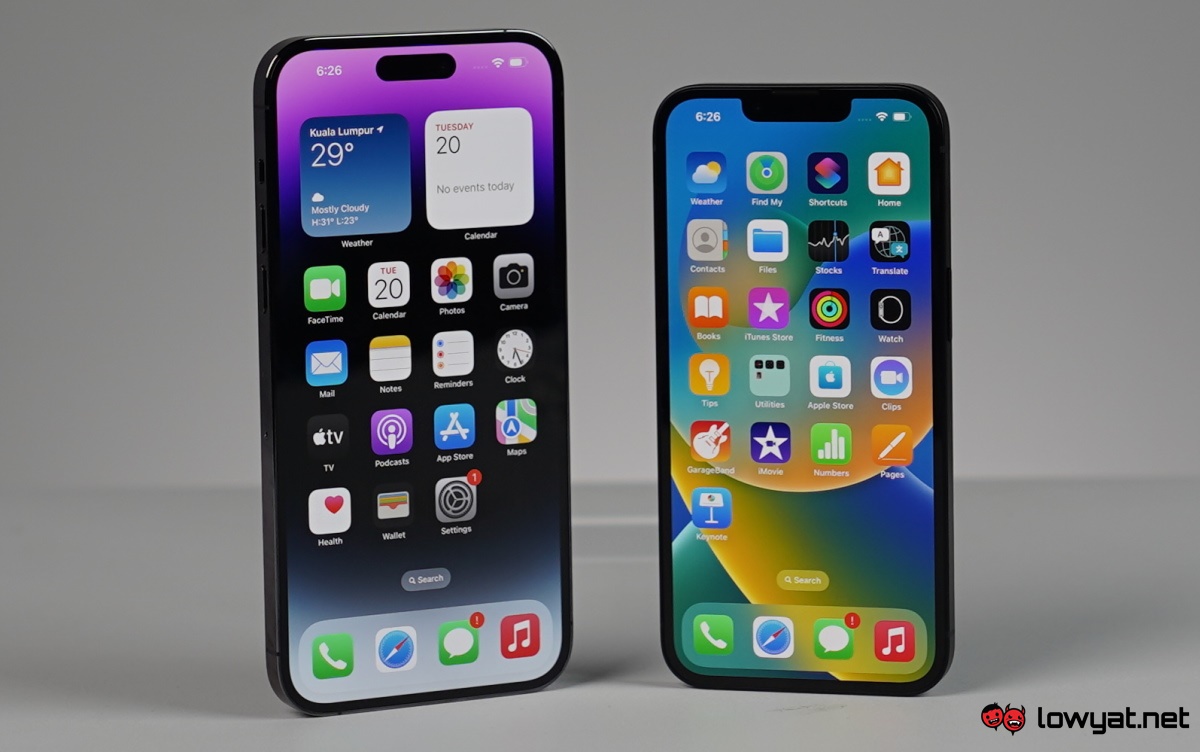
iPhone 14 Pro/Pro Max
Even though the iPhone 15 and 15 Plus are supposed to be the successor to the 14 series, I think it makes a lot more sense to compare them to the 14 Pro models since they have the exact same chip and even the Dynamic Island, making the 15 Plus feel like a stripped down version of the 14 Pro Max.
Aside from having a bigger main sensor, last year’s Pros come with an added bonus of a telephoto lens. There’s also ProRaw, if that’s your thing, and macro photography, both of which the vanilla 15 series lacks. Adding on to all this, the 14 Pro has the same second-generation sensor-shift optical image stabilisation as the 15 Pro, while the regular 15 and 15 Plus are stuck with the company’s first-generation technology.
As previously mentioned, it has Always-On Display enabled and it even has a 120Hz refresh rate, which is a big advantage over the 15 while offering the same peak brightness. Oddly enough, while they’re the same size and use the same chip, the 15 and 15 Plus both have less battery life than the 14 Pro and Pro Max.
Conclusion
If you couldn’t already tell from the section above, while I do love the iPhone 15 Plus, it’s very difficult for me to recommend it over the 14 Pro Max, as the latter currently only costs a couple of hundred Ringgit more through authorised resellers. With that small price difference, you get practically the same phone as the 15 Plus but with better battery life, more camera features, and a better display.
The only advantages the iPhone 15 Plus has over its predecessor are a USB-C port, which is a small bonus but ultimately isn’t that big of a deal, the automatic depth capturing for photos, reverse wired charging, and the second-gen ultrawide band chip for finding your nearby friends. Keep in mind that for the enhanced Find My feature, both you and the other person need to have the iPhone 15.
With all this being said, if you absolutely want to future-proof yourself by having a USB-C iPhone, then you probably won’t regret getting the iPhone 15 or 15 Plus if you’re already used to the non-Pro models.
Follow us on Instagram, Facebook, Twitter or Telegram for more updates and breaking news.


